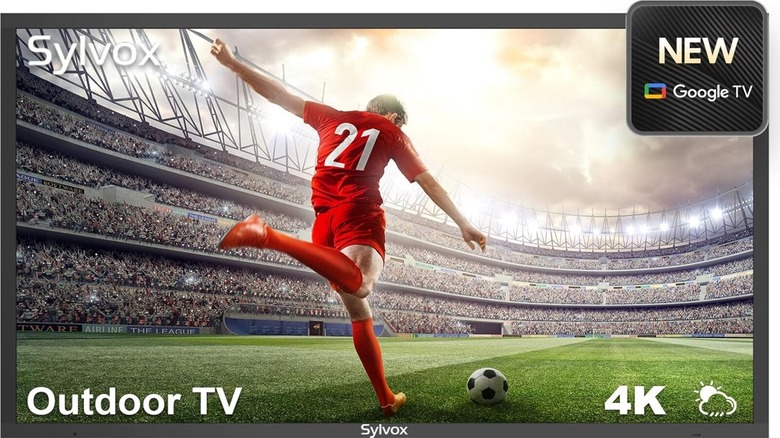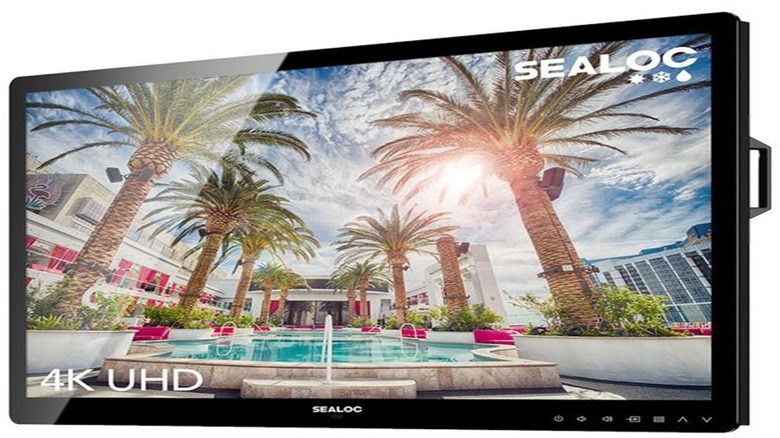Why Are Waterproof TVs So Expensive?
We may receive a commission on purchases made from links.
As an electronic device with sensitive internal components, a TV is very susceptible to water damage. This is because the electrical conductivity of water can cause short circuits and corrosion if the circuitry inside the TV gets wet. Alongside this, water has ions and other impurities that can form pathways for electricity to flow where they shouldn't, and these cause malfunction or potential permanent damage to the TV. There are, however, televisions that have protection from water, and these are called waterproof TVs. Because of this waterproof capability, these types of TVs are expensive due to the specialized engineering and materials used to build them.
A waterproof television is made to withstand water exposure for outdoor settings, kitchens, or bathrooms. Waterproof TVs are usually IP65 rated, making them resistant to dust, water, and other environmental factors. They are more durable, can withstand temperature fluctuations, are rustproof, scratch-resistant, and, because of its robust and sturdy build, can last longer than a regular TV.
An outdoor TV is another type of television that has some degree of water resistance, but these are not the same as waterproof TVs. Outdoor TVs are made to withstand the elements, including water, but depending on its IP rating these are not fully waterproof. Most outdoor TVs have an IP55 rating, which means limited protection against water, or they can tolerate water splashes and rain but are not completely waterproof and cannot be submerged. Compared to a true waterproof TV, with IP ratings of 65 to 67, its level of resistance against water is much stronger, as it includes protection against immersion for depths ranging from 15 centimeters to 1 meter for short periods of time.
Toughness and durability come at a price
Waterproof TVs have several features that allow it to be used outdoors without the risk of damaging it. These include its weatherproof design, where the internal components are sealed to keep out moisture, rain, snow, and other elements. The screen on a waterproof TV is much better than a regular TV, because of several reasons, starting with a higher brightness ratio that allows clear viewing even in direct sunshine. It is also anti-glare, which reduces light reflections, and it has wider viewing angles, which make the screen easy to see from anywhere in front of the panel.
Waterproof TVs are among the most expensive TVs on the market. For example, a 32-inch, 1080p HD TV from Samsung is only $199.99 on Samsung's website, which is much cheaper when compared to a similar-sized, and spec'd waterproof TV from Sealoc that costs $3,579.00. In another example, a Hisense 85-Inch Class U6 Series Mini-LED ULED 4K UHD only retails for $898.00 at Walmart, while a waterproof TV from Titan in the same size sells for $5,399.99 on Amazon.
Designed to be used in areas where water or moisture from rain, showers, or steam can easily get the TV wet, waterproof TVs can be used in indoor spaces like bathrooms, sauna rooms, or for outdoor areas, including the porch, near the swimming pool, or in the backyard. A cheaper alternative to a waterproof TV would be to use an outdoor enclosure that can protect a regular TV from the elements, but for those in need of an actual television tough enough for outside use, the features and durability of a waterproof TV may be worth its high cost.

